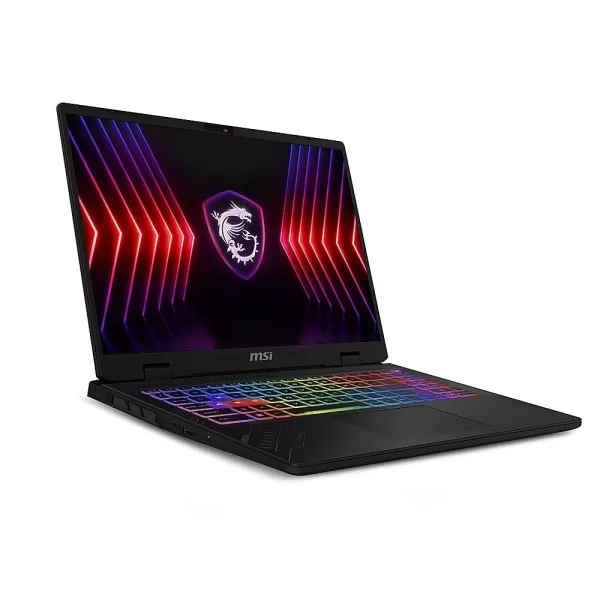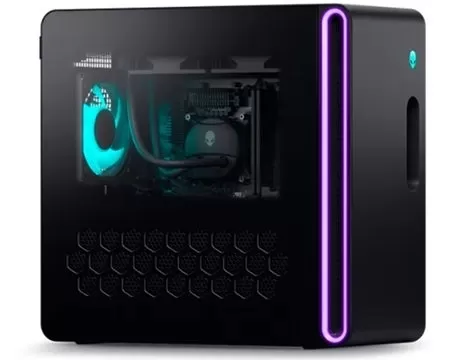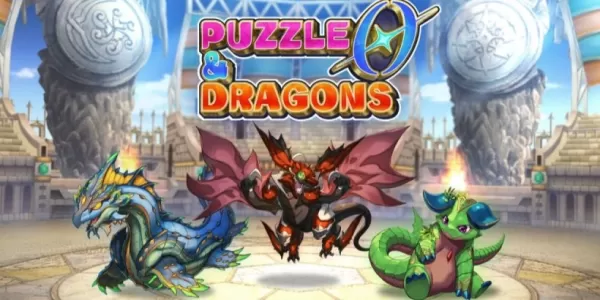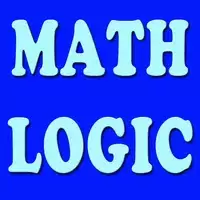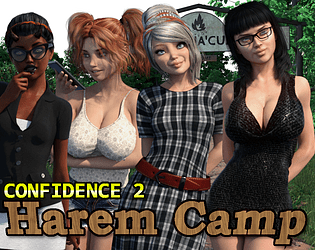There's a peculiar situation brewing on the PlayStation Store and Nintendo eShop. Over the past few months, both platforms have seen an influx of games some users derisively call "slop."
Kotaku and Aftermath have documented this issue, highlighting how the eShop, in particular, is increasingly showcasing games leveraging generative AI and misleading store pages to lure players into purchasing cheap, low-quality titles that fail to deliver on their promises. This problem has recently spread to the PlayStation Store, particularly cluttering the "Games to Wishlist" section with questionable entries.
Importantly, these aren't simply "bad" games. Mediocre games are released daily; the issue here is a deluge of strikingly similar titles overwhelming everything else. This "slop" often consists of simulation games, perpetually on sale, mimicking popular games' themes or even outright ripping off names and concepts. They frequently boast hyper-stylized art and screenshots redolent of generative AI, yet rarely match the storefront's promises in gameplay or visuals. They're often plagued by poor controls, technical issues, and a lack of engaging content.Furthermore, as users have noted, a small number of companies churn these games out relentlessly. As YouTube creator Dead Domain discovered, these companies are incredibly difficult to track and hold accountable, often lacking public websites or business information, sometimes even changing names to evade scrutiny.
Recently, users of both stores have increasingly demanded better regulation, especially given the Nintendo eShop's declining performance, seemingly slowing under the weight of these games.
To understand this situation, I investigated how these games proliferate, why PlayStation and Nintendo's stores are particularly affected, why Steam seems less problematic, and Xbox's relative immunity.
The Magical World of Cert
I interviewed eight game development and publishing professionals (all requesting anonymity due to fear of platform holder repercussions). Their extensive experience releasing games across Steam, Xbox, PlayStation, and Nintendo Switch provided insights into the game release process, potentially explaining the disparity in "slop."
Generally, the process involves pitching to Nintendo, Sony, Microsoft, or Valve, gaining access to development portals and (for consoles) devkits. Developers then complete forms detailing their game, including technical aspects. Then comes "cert" (or certification, lotcheck)—the platform holder's verification that the build meets platform requirements. These are specific technical checks (e.g., handling corrupted saves, controller disconnections). Steam and Xbox's requirements are publicly available, unlike Nintendo and Sony's.
This process also ensures compliance with laws and ESRB ratings. Interviewees stressed platform holders' strictness regarding age ratings, noting discrepancies can halt releases.
A common misconception is that cert equates to QA. "A common misconception amongst The Gamers™ and even inexperienced devs is this is tantamount to a QA check," one publisher stated. "This is incorrect; that's the responsibility of the developer/publisher prior to submission. The platforms check to make sure the game's code complies with hardware specifications."
Passing cert allows release; failure necessitates resubmission. Interviewees reported rarely receiving helpful feedback from platform holders, often only receiving error codes. Nintendo was frequently cited for rejecting games without clear explanations.
Front and Center
Regarding store pages, all platform holders have requirements for accurate screenshots. However, enforcement varies. Reviews primarily check for consistent branding (e.g., correct button prompts) and language.
One anecdote involved screenshots rejected for inaccurately depicting the Switch version: "I know of one game that had to resubmit screenshots because the developer...submitted PC screenshots that had foliage and reflections that would plainly be impossible to render on the Nintendo Switch," they said. "Nintendo's store team does not have access to game builds, and the cert team does not have access to store pages. Frequently those teams may not even be on the same continent."
While Nintendo and Xbox review store page changes before launch, PlayStation performs a single check near launch. Valve reviews pages initially but not subsequently. "You can quite literally submit the store page as one game, get Valve approval and then change everything and then put it live," one source said.
While some diligence exists in verifying store information, standards are loosely defined, allowing problematic games to slip through. "Typically, checking for accurate store information is not done in advance; rather, we've found that platform holders will usually trust the developer and what information they provide. In other words, developers get to ask for forgiveness instead of permission, basically."
Even when checked, consequences for misleading screenshots are often minimal—typically removal of the offending content. While developers have incentives to comply (risk of delisting), inaccurate screenshots often result in minimal repercussions.
None of the three console storefronts have rules against generative AI use in games or store assets. Steam's content survey requests disclosure of AI use but doesn't restrict it.
Eshop to eslop
Why are Sony and Nintendo's stores flooded with these games? Why is Xbox less affected? Why is Steam seemingly unaffected from a user perspective?
Interviewees explained that while Nintendo, Sony, and Valve vet developers, Microsoft vets games individually. This means that once approved, developers can more easily release multiple games on Nintendo and Sony's stores, whereas Xbox's game-by-game approval makes it less susceptible. "Which is why Xbox has fewer (not no) ‘game-shaped objects’," one publisher suggested.
"I think [Xbox] really puts a lot of effort into their service," said another. "I would say they are tougher to launch on than something like [Epic Games Store] or Steam solely because they have pretty high standards for their pages and are very hands-on. In my experience, you work with their ID team directly to work through both your page and build cert. They will truly bend over backwards for you, even if you don’t see eye to eye.”
Nintendo and PlayStation's developer-based approval, focusing on technical violations, allows companies to flood stores with low-quality games.
"Nintendo is probably the easiest to scam," said one developer. "Once I’m in the door, I could make ‘Fart Fart Boobie Fart: The Game’ and maybe it would eventually get taken down, but it’s so odd.”
A publisher described a tactic used to boost visibility on the Nintendo eShop: "So many games will release a bundle and set their discount for 28 days long, the maximum amount of time you can be on discount," they explained. "They will then create a new bundle with a different (or identical!) configuration of game + DLC and set it for release the exact day the previous bundle's sale expired rather than waiting for Sale Cooldowns. This causes it to constantly be near the top of ‘New Releases’ and always be in Discounts, at the expense of dozens and hundreds of real games that people worked very hard on.”
A similar issue was described for PlayStation: "On all consoles, you get the opportunity to get featured, but you’re also on these automatic lists," they said. "If people are just pumping crap into the system, you get pushed down the list. Any list. The systems are being overwhelmed and you’re going to get pushed out of there. I’ve been working on my game for six years, someone else has been working on their game for six months and makes a dozen copies of it…it’s just crushing.”
While generative AI is a factor, it's not the sole issue. Many games use generic art, not just AI-generated assets. The games themselves are still human-made. Xbox, despite potentially being less likely to discourage AI use in the future, is the least affected.

Steam, despite its discoverability issues, has a vast library and constantly refreshing new releases, diluting the impact of low-quality games. Nintendo, conversely, presents new releases in an unsorted manner.
All Games Allowed
Users have urged Nintendo and Sony to address this. Neither company responded to requests for comment. Microsoft also did not respond.
Interviewees expressed pessimism, believing Nintendo is unlikely to fix the eShop, even with the Switch 2. One noted Nintendo's incremental improvements across generations: "It’s logic-defying how their stores are so bad,” they said. “They could check anyone else’s store and see what to do...I am optimistic it will be 10% better than the Switch store.”
However, Nintendo's web browser eShop is considered functional. The Switch 2's eShop may improve.
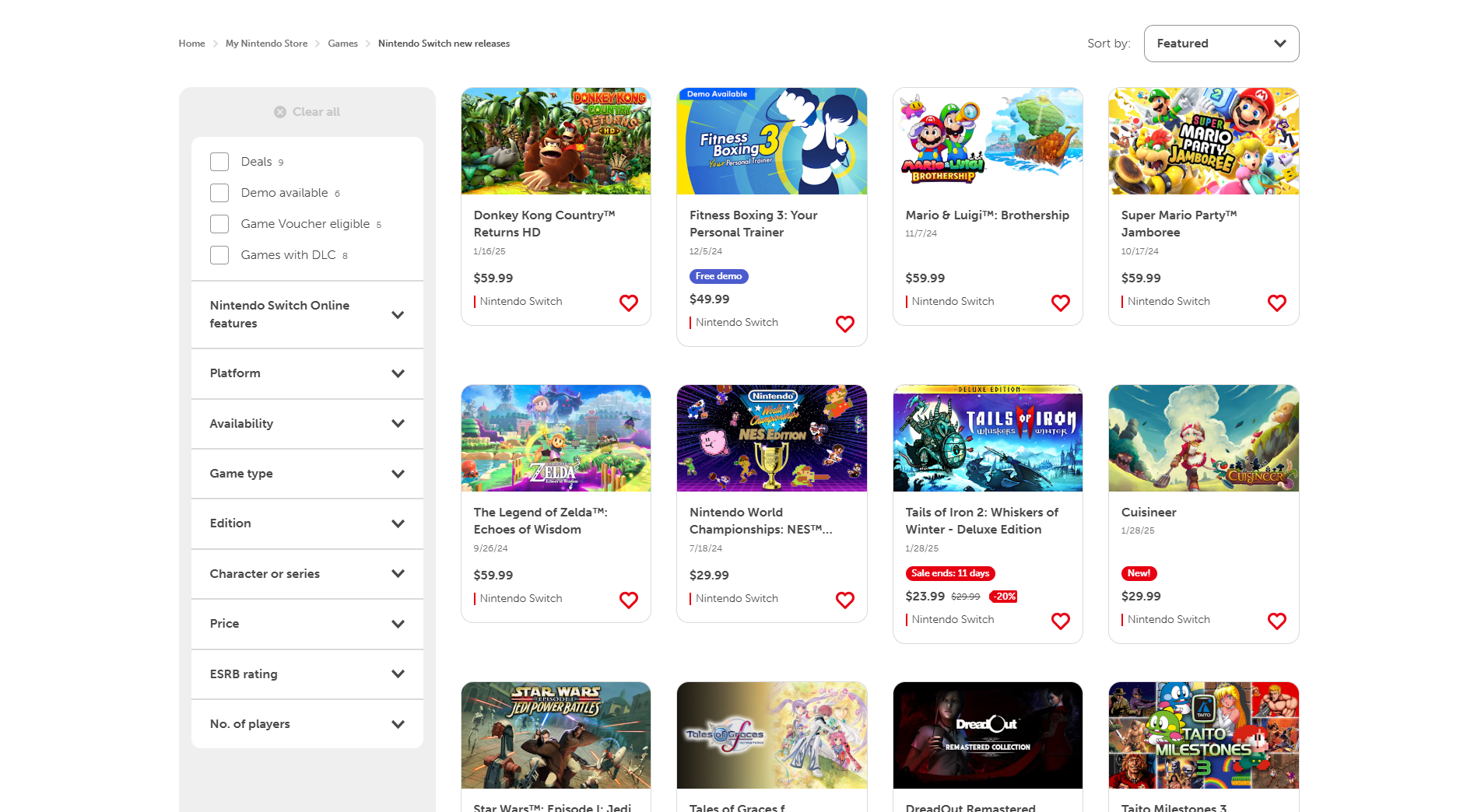
However, aggressive regulation risks harming quality games. Nintendo Life's "Better eShop" filter, aiming to remove low-quality games, faced criticism for incorrectly flagging games.
"Personally, I fear that game platforms might accidentally target quality software," one publisher stated. "If our consistent rejections by ID@Xbox and Nintendo are any indicator, then platform holders' judgment of software legitimacy can be quite arbitrary. Nevertheless, non-developers should be aware that most of us aren't out to get anybody, or trick anyone out of their money--and neither are the platform holders with which we cooperate.”
Another interviewee expressed sympathy for platform holders, noting the sheer volume of games and the difficulty in distinguishing between genuinely bad games and cynical cash grabs.

